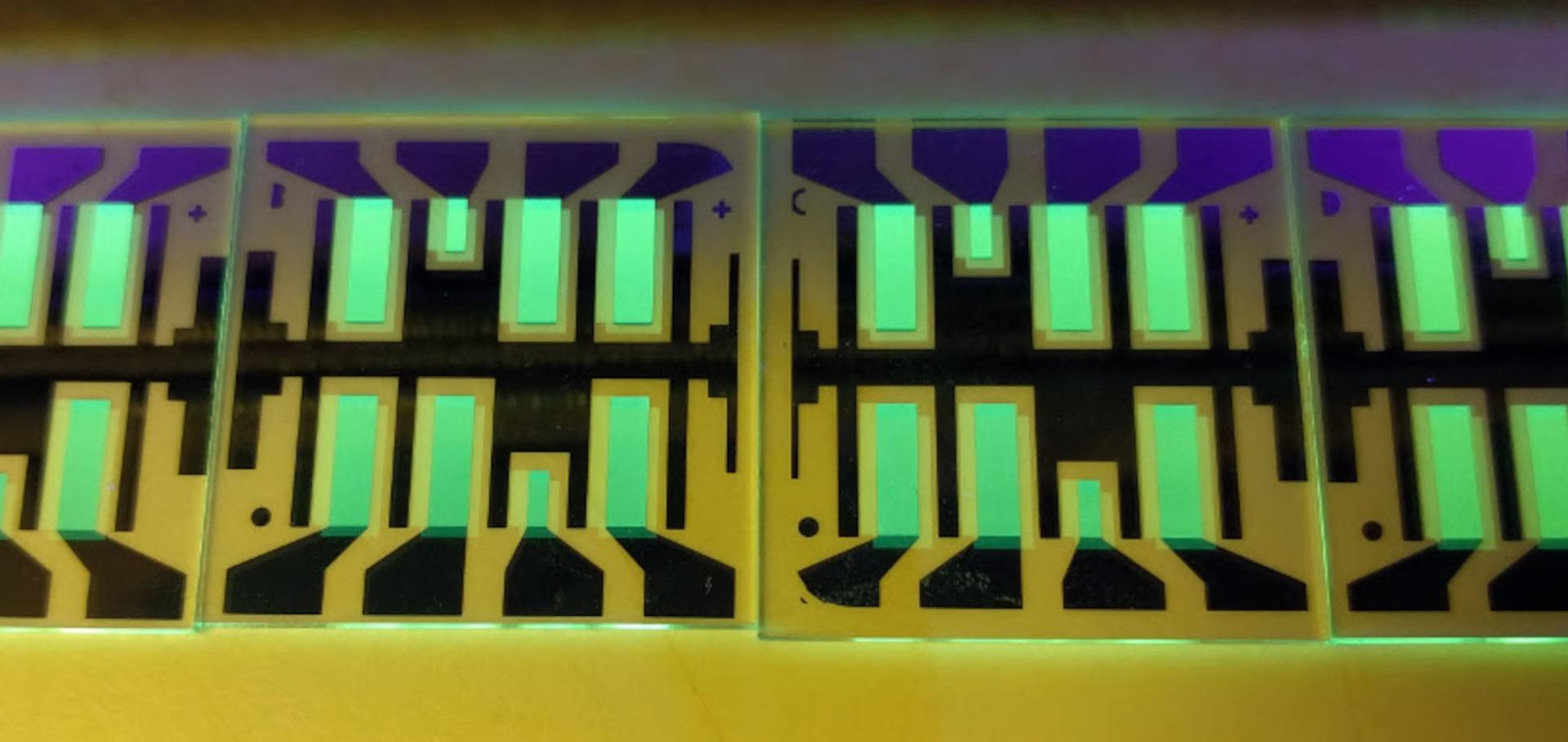Coevaporated calcium‐silver metal alloys as contact for highly transparent organic solar cells
Energy Science & Engineering Wiley 2:2 (2014) 77-85
Increased Open‐Circuit Voltage of Organic Solar Cells by Reduced Donor‐Acceptor Interface Area
Advanced Materials Wiley 26:23 (2014) 3839-3843
Correlation between Temperature Activation of Charge‐Carrier Generation Efficiency and Hole Mobility in Small‐Molecule Donor Materials
ChemPhysChem Wiley 15:6 (2014) 1049-1055
Built-in voltage of organic bulk heterojuction p-i-n solar cells measured by electroabsorption spectroscopy
AIP Advances AIP Publishing 4:4 (2014) 047134
Improved organic p-i-n type solar cells with n-doped fluorinated hexaazatrinaphthylene derivatives HATNA-F6 and HATNA-F12 as transparent electron transport material
Journal of Applied Physics AIP Publishing 115:5 (2014) 054515


